Your furry best friend might be feeling more stressed than you realize. While most dog owners know about obvious triggers like thunderstorms or fireworks, countless everyday habits are quietly overwhelming our four-legged companions. Research reveals that owners often miss subtle stress signals in their dogs.
Recent studies show that your own emotional health and stress levels could dramatically impact your dog’s wellbeing, with research indicating that “dogs, to a great extent, mirror the stress level of their owners.” Understanding what stresses your pup is the first step toward creating a calmer, happier home for everyone.
Loud Voices and Raised Arguments

Dogs are incredibly sensitive to human voices, including loud conversations, furniture being moved, and voices of visitors. When family tensions rise and voices get heated, your dog’s stress levels spike right alongside the volume.
Many dogs are extraordinarily sensitive to their owner’s emotions, and if your dog is already stressed, loud voices or arguments can significantly add to their anxiety levels. Think about it from their perspective: they can’t understand the words, but they absolutely pick up on the emotional intensity.
Irregular Feeding Schedules

Feeding your dog at irregular times creates confusion and stress, like expecting dinner at a certain time every day only to have it come hours later. Dogs are creatures of habit who find comfort in predictable routines.
A consistent feeding schedule provides dogs with a sense of stability, while irregular meal times can leave your pet feeling anxious and unsure about when their next meal will appear. This uncertainty becomes a constant low-level stressor that affects their entire day.
Sudden Routine Changes

Dogs thrive on routine, and it can be stressful for your dog if you substantially change your routine, such as a new work schedule or different walk or meal times. What seems like a minor adjustment to you can feel earth-shattering to your pup.
Dogs are creatures of habit, and sudden changes in routine can cause anxiety, whether it’s a new family member, moving to a new home, or even rearranging furniture. Their world suddenly feels unpredictable and unsafe when familiar patterns disappear without warning.
Common Household Noises

Even common noises like vacuum cleaners or microwaves can trigger anxiety, with many dogs showing sensitivity to sudden, intermittent sounds like smoke detector warnings. Your dog’s superior hearing makes these everyday sounds far more intense for them.
Many dog owners can’t read body language and underestimate their dog’s fearfulness to noise they consider normal, creating a mismatch between owners’ perceptions and the actual amount of fearful behavior present. That beeping microwave or vacuum cleaner might be causing more distress than you think.
Lack of Mental Stimulation

Excessive stimulation at home, like loud TV or music, can overwhelm your pup, but without brain games or playful activities, dogs may store up extra nervous energy. It’s a delicate balance between too much and too little mental engagement.
Dogs need both physical and mental stimulation, and a bored dog often becomes a stressed, unfulfilled dog, especially in working breeds who may resort to destructive habits or compulsive behaviors when lacking purpose. Mental boredom creates anxiety that manifests in unwanted behaviors.
Being Left Alone for Extended Periods

Dogs are social animals that thrive on companionship, and leaving them alone for extended periods can lead to separation anxiety, like being left in an empty house with no one to talk to for hours. Loneliness hits dogs harder than many owners realize.
Separation from their “person” is a common source of stress for dogs, especially those with anxious temperaments, and severe anxiety can bring on destructive behaviors like destroying things or having accidents when left alone. The anticipation of being left alone can be just as stressful as the actual separation.
Inconsistent Training and Mixed Signals
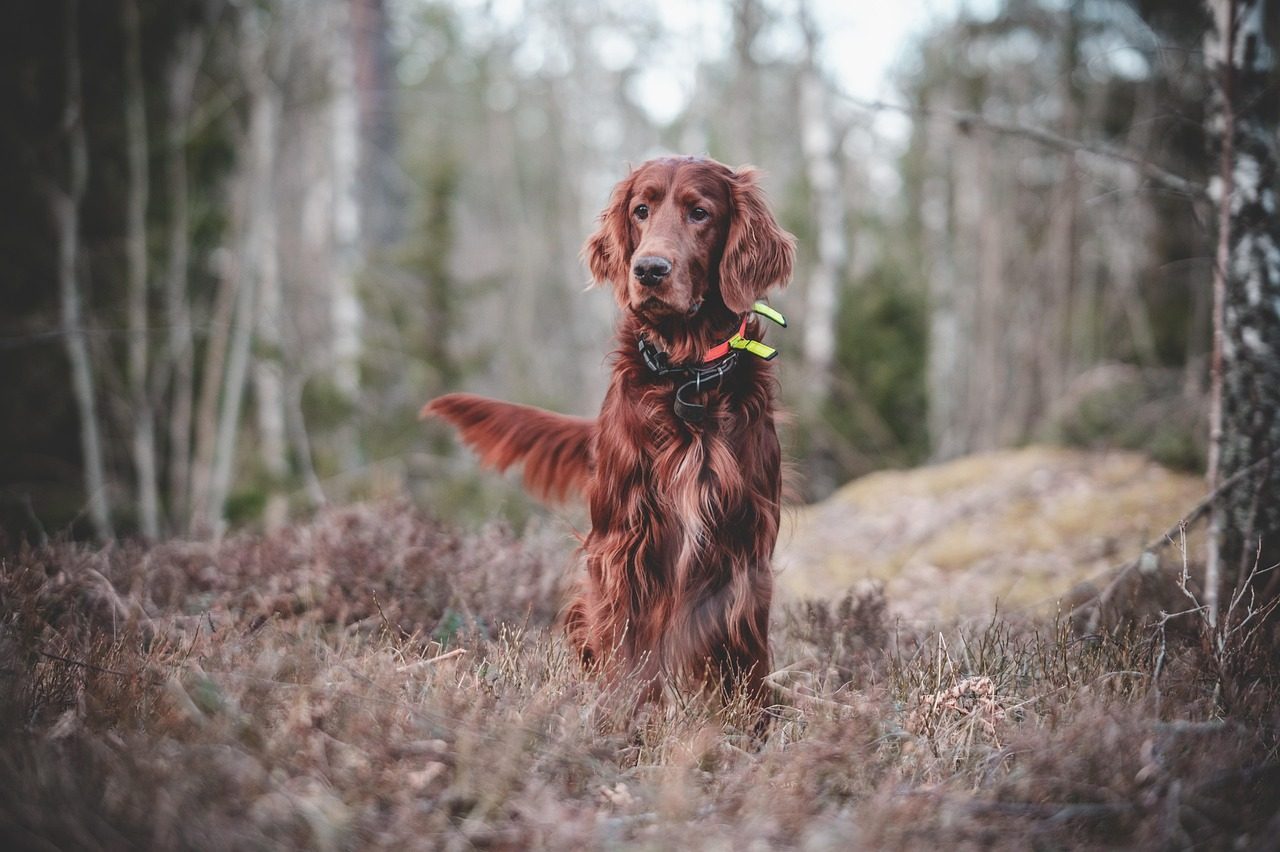
Training should be consistent to avoid confusion, as mixed signals during training sessions can lead to anxiety when your dog struggles to understand what’s expected, with different methods or commands leaving dogs puzzled and stressed. Imagine trying to learn a language where the rules constantly change.
Dogs look to their owners for guidance and leadership, and inconsistent or unclear direction can lead to confusion and anxiety, while providing firm, consistent leadership helps dogs feel secure and understood. Clear communication builds trust and reduces uncertainty.
Establishing a Consistent Daily Routine
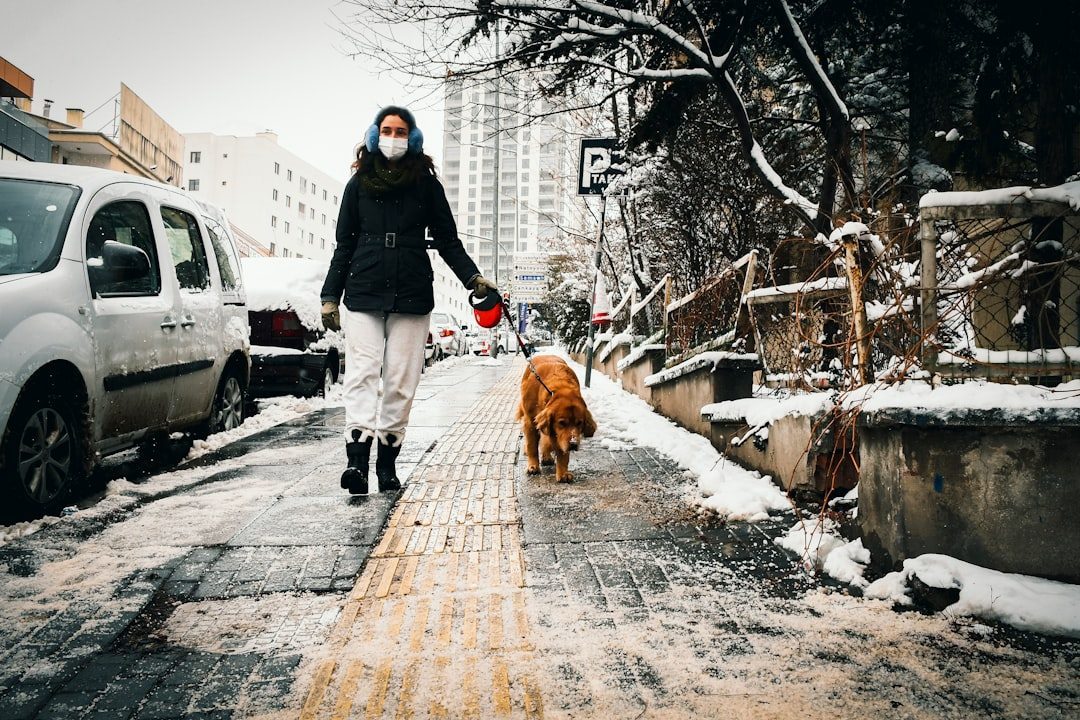
It’s essential to establish a routine for your dog so they feel comfortable and secure, as dogs are creatures of habit who thrive on predictability and structure, including feeding times, exercise times, playtimes, and sleep times. Consistency becomes their security blanket.
Dogs thrive on routine and predictability, which can significantly reduce anxiety, and establishing a consistent daily schedule for feeding, walking, and playtime helps provide a sense of security while reinforcing good behavior and providing structure. Predictability helps them feel safe and stable.
Regular Exercise and Physical Activity

Exercise can be a great stress reducer for dogs, and physical activities like walking or playing fetch help both you and your dog release tension. Movement is medicine for anxious minds, both human and canine.
Regular exercise and play help reduce stress in dogs by releasing endorphins that promote feelings of happiness and relaxation, whether through daily walks, playing fetch, or engaging in other physical activities they enjoy. A tired dog is often a calmer, more content dog.
Creating a Dedicated Safe Space

It’s important to provide your dog with a safe place in the home where they can escape stimuli that trigger a stress response. Every dog needs their own personal retreat where they feel completely secure.
Anxious dogs benefit from a safe place they associate with positive things like treats, toys, or undisturbed rest, and a portable dog bed or mat can be used at the vet’s office, in the car, or at a friend’s home to help your dog feel calm and secure. Familiarity travels with them when they have a designated comfort zone.
Music Therapy and Sound Management
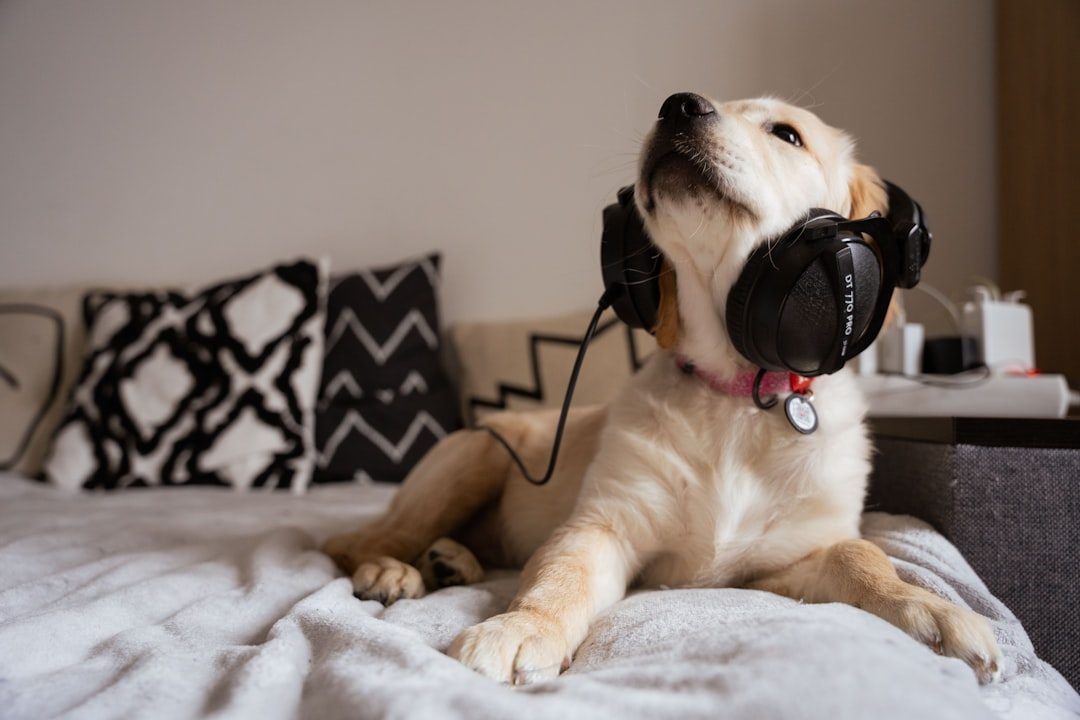
When dogs experience anxiety, music or white noise can help calm them down by providing a soothing environment and drowning out unpredictable noises from thunderstorms or fireworks that trigger anxiety. Sound can be both a stressor and a soother.
Music therapy has been proven beneficial for canine friends, with the power of music being calming and relaxing whether you’re home, in the car, or away from your pet, and research showing that many dogs prefer classical music. The right soundtrack can transform your dog’s emotional state.
Gentle Massage and Physical Touch
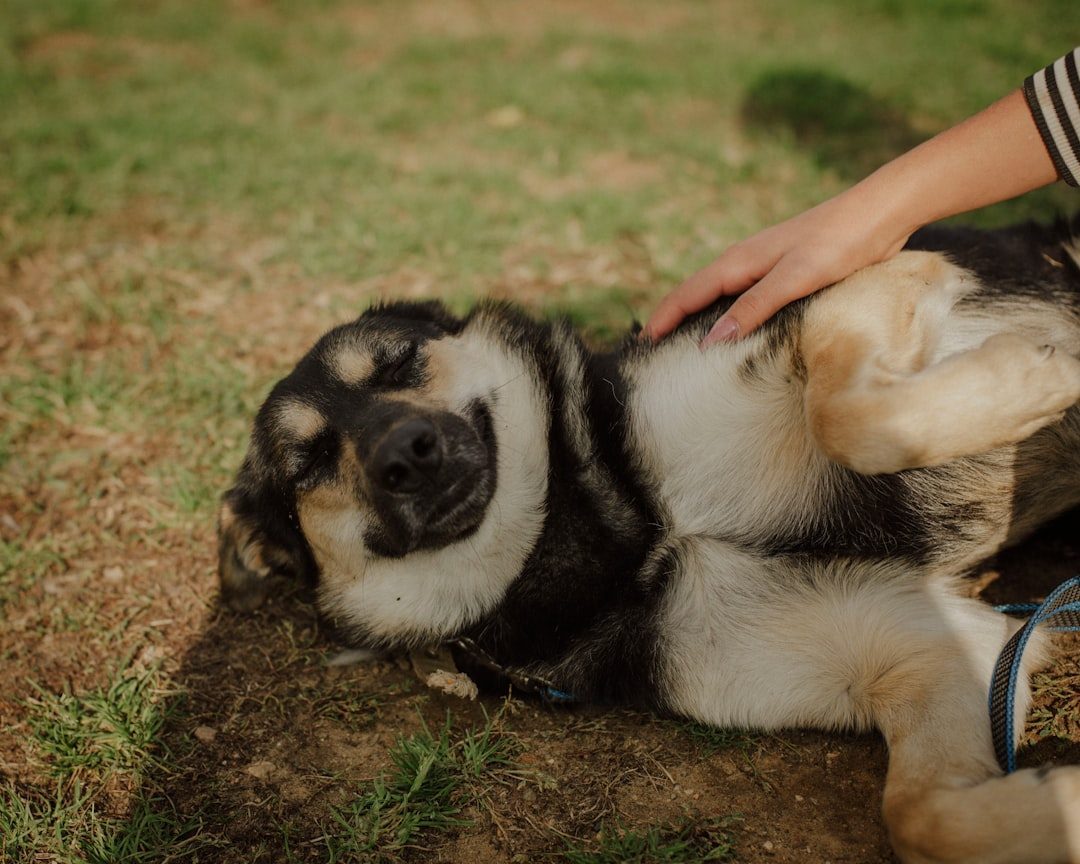
There is probably nothing more soothing to an anxious dog than its owner’s touch, so try to identify signs of anxiety early and respond by picking them up, cuddling on the couch, or giving them a good long petting session. Your touch is the ultimate comfort to your furry friend.
A massage will relax and calm even the most anxious dog, as anxiety often causes tensing of muscles and massage therapy alleviates tension, starting at the neck and working downward with long strokes. Physical touch communicates love and safety in ways words cannot.
Mental Stimulation Games
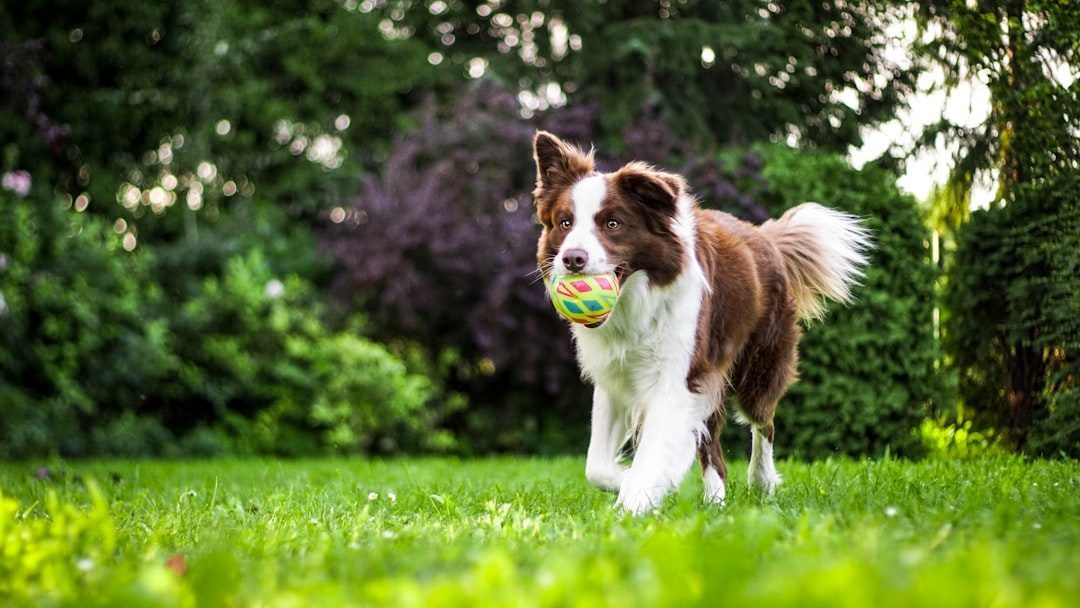
It’s important to engage your dog’s brain and body through interactive play, doing 15 minutes of fun, easy training and playing enrichment games like “find the dog toy” to help your dog expend mental energy. Mental exercise can be just as tiring as physical activity.
Daily walks, playtime, and engaging activities like fetch or agility training are highly beneficial, while mental stimulation through interactive toys, puzzle feeders, and training sessions keeps your dog’s mind occupied, preventing boredom and anxiety. A mentally engaged dog is a calmer, happier companion.
Calm Human Energy

As you and your household remain cool, calm, and collected, your dog is likely to follow suit, while playing relaxing music or white noise can help further soothe your dog. Your energy sets the tone for the entire household.
Many dogs are very sensitive to their owner’s emotions, so if your dog is stressed, keep calm and try not to panic or raise your voice as this might add to your pet’s stress levels. Your emotional regulation becomes their emotional security.
Managing your dog’s stress isn’t just about avoiding triggers – it’s about creating positive experiences that build resilience and confidence. The beauty of these calming routines lies in their simplicity: most require nothing more than consistency, patience, and genuine care for your furry companion’s wellbeing.
Every dog is unique, so experiment with different combinations of these techniques to discover what works best for your pup. Remember that building new habits takes time, and your dog will need patience as they learn to trust in their new, calmer routine. What small change will you try first to help your dog feel more at peace?

Gargi from India has a Masters in History, and a Bachelor of Education. An animal lover, she is keen on crafting stories and creating content while pursuing a career in education.






